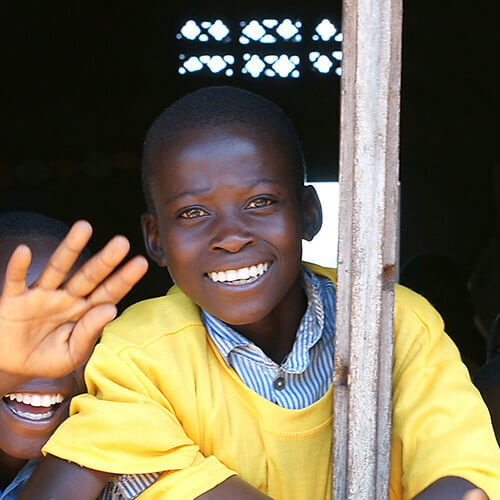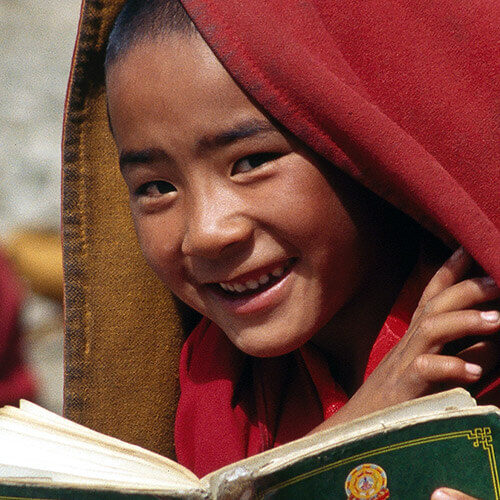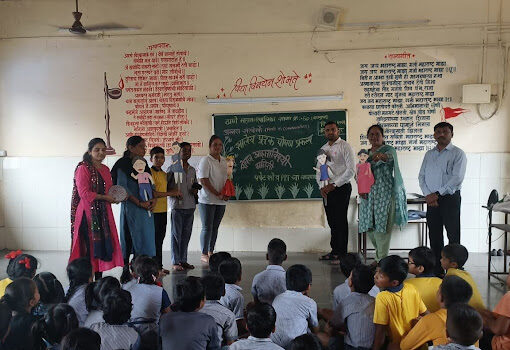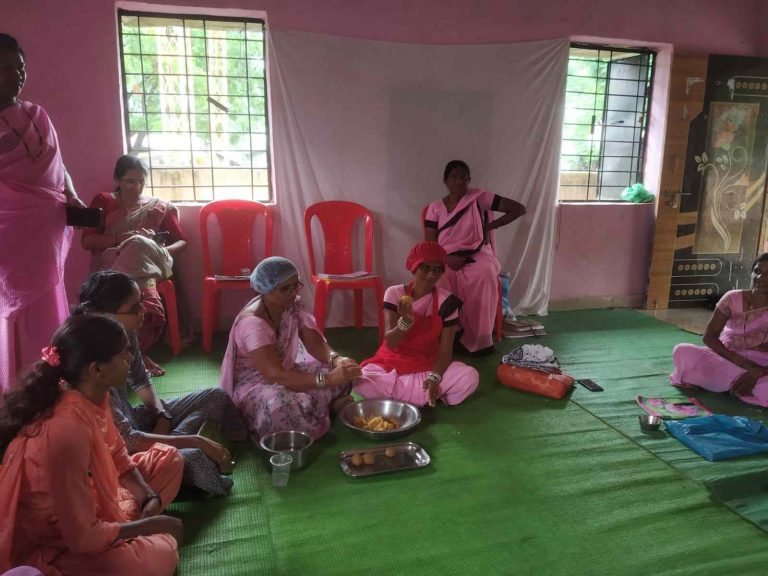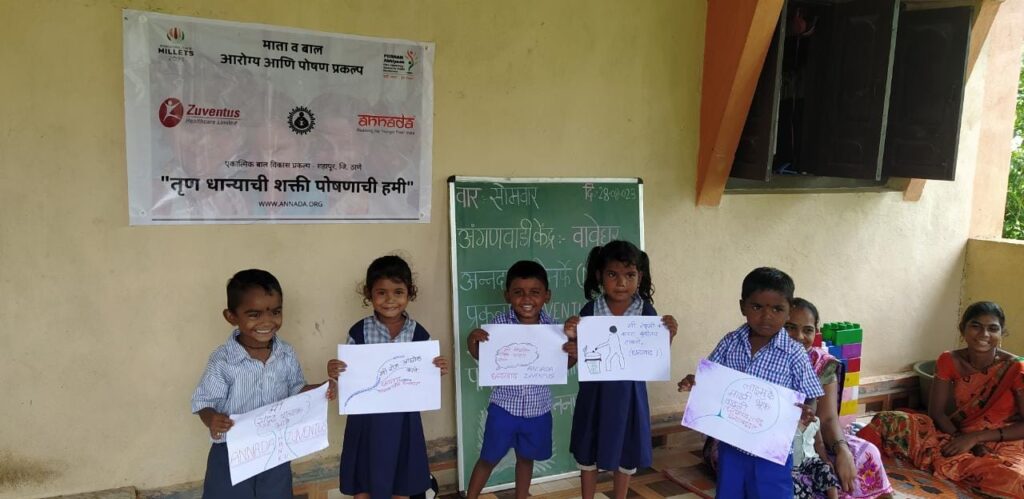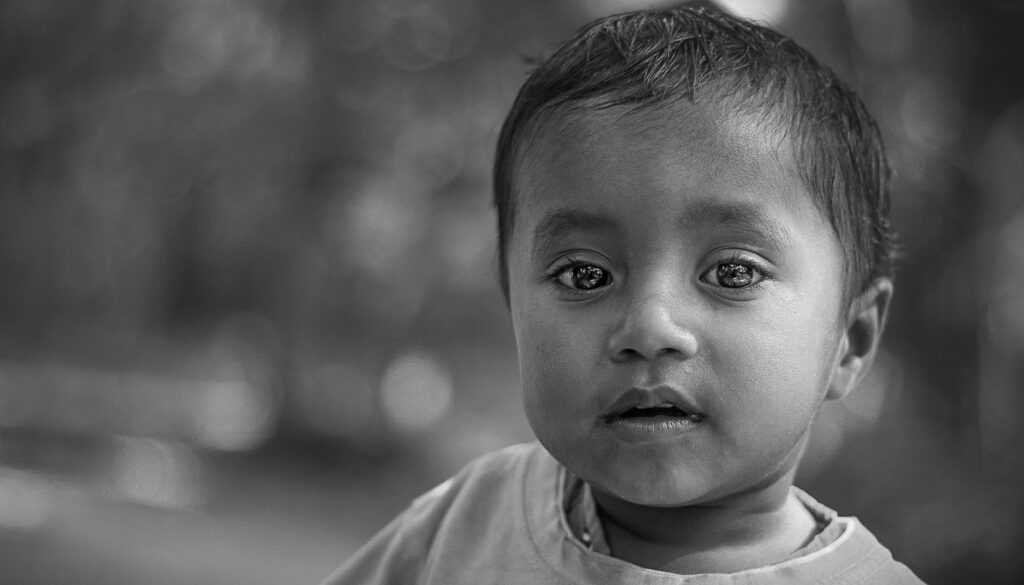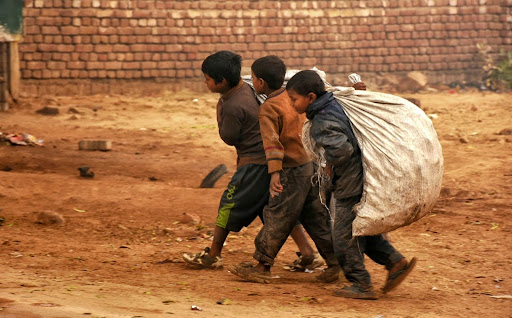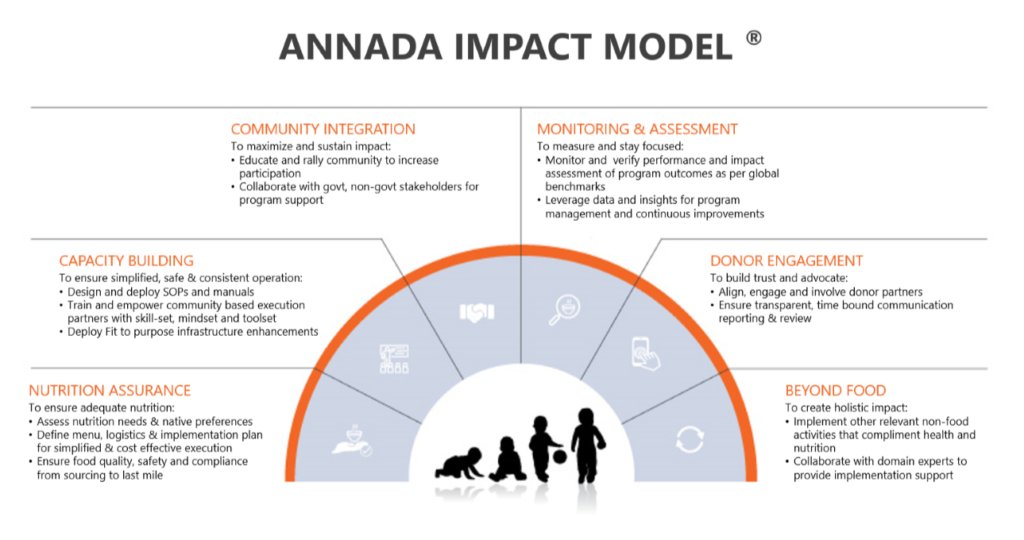The Imperative of Tackling Child Malnutrition in CSR: A Moral and Strategic Imperative
Child malnutrition is a pervasive global issue that not only infringes upon the basic human right to health but also hampers the overall development of societies. In recent years, there has been a growing recognition of the role that Corporate Social Responsibility (CSR) plays in addressing such critical challenges. Among the myriad of social issues that companies can choose to engage with, child malnutrition stands out as an imperative, both from a moral and strategic standpoint.

From a moral perspective, addressing child malnutrition aligns with the core principles of social responsibility and ethical business conduct. Companies, as integral members of the global community, bear a moral obligation to contribute to the well-being of the societies in which they operate. Children, being the most vulnerable members of any community, deserve special attention and protection. By investing in programs that combat child malnutrition, corporations demonstrate a commitment to the fundamental values of compassion and empathy.
Moreover, tackling child malnutrition is an investment in the future. Malnourished children face a myriad of challenges that extend far beyond their formative years. Poor nutrition during early childhood can lead to stunted physical and cognitive development, compromising the individual’s potential for a healthy and productive life. As these children grow into adults, the consequences of malnutrition reverberate across society, impacting workforce productivity, educational attainment, and overall socio-economic development.
CSR initiatives that focus on child malnutrition contribute to breaking the cycle of poverty and inequality. When children receive adequate nutrition, they are more likely to perform well in school, leading to better employment opportunities in the future. This, in turn, fosters economic growth and community development. In essence, addressing child malnutrition becomes a catalyst for creating a positive and sustainable impact on society at large.

Strategically, corporations can derive substantial benefits from investing in child nutrition programs. First and foremost, such initiatives enhance a company’s reputation and brand image. Consumers today are increasingly discerning, and they prefer to support businesses that actively contribute to social and environmental causes. By aligning with efforts to tackle child malnutrition, companies can build trust and loyalty among their customer base.
Furthermore, addressing child malnutrition can have direct positive implications for a company’s workforce. Healthy communities foster a healthy workforce, reducing absenteeism and increasing overall productivity. Companies that invest in the well-being of their employees and the communities they operate in are likely to attract and retain top talent, creating a positive feedback loop that benefits both the organization and the society it serves.
Collaboration between corporations, governments, and non-profit organizations is key to the success of CSR initiatives addressing child malnutrition. By pooling resources and expertise, a collective impact can be achieved, amplifying the effectiveness of individual efforts. Partnerships can also help in developing sustainable solutions, ensuring that the benefits extend beyond short-term relief to create lasting change.

The imperative of tackling child malnutrition in CSR is evident on both moral and strategic grounds. Corporations have a responsibility to contribute to the well-being of the communities they operate in, and investing in child nutrition aligns with fundamental principles of social responsibility. From a strategic perspective, addressing child malnutrition not only enhances a company’s reputation but also has long-term positive implications for workforce productivity and community development. As businesses continue to evolve in a rapidly changing world, embracing CSR initiatives that focus on child malnutrition is not just a choice—it is an essential commitment to building a better, more sustainable future for all.
The Imperative of Tackling Child Malnutrition in CSR
Corporate Social Responsibility (CSR) is more than just a buzzword; it’s a commitment to positively impacting society and the environment. Companies must consider various factors when crafting CSR portfolios to ensure their initiatives are comprehensive and impactful. One critical aspect that should be regarded is the inclusion of efforts to tackle child malnutrition.
In this blog, we’ll understand why addressing child malnutrition is essential for a comprehensive CSR portfolio and the positive impact it can have on children, individuals, and entire nations.
Investing in Future Generations:
Children are the future leaders, innovators, and workforce of tomorrow. By addressing child malnutrition, CSR initiatives directly invest in the well-being and development of future generations. Adequate nutrition during the crucial early years of life sets the foundation for physical and cognitive development, ensuring children reach their full potential. By prioritizing child nutrition, companies contribute to building a healthier and more prosperous future for society.
Improving Individual Well-being:
Malnutrition affects physical health and has far-reaching implications for mental and emotional well-being. 1 Children who receive proper nutrition are likelier to thrive academically, emotionally, and socially. By addressing malnutrition in CSR initiatives, companies play a vital role in improving the quality of life for children, empowering them to lead fulfilling and productive lives. Moreover, healthier individuals contribute to stronger communities and economies, creating a ripple effect of positive impact.
Enhancing National Development:
Child malnutrition poses significant challenges to the socioeconomic development of nations. It hinders productivity, increases healthcare costs, and perpetuates cycles of poverty. By including efforts to tackle child malnutrition in CSR portfolios, companies contribute to broader national development goals. A healthier and well-nourished population translates to a more skilled workforce, reduced healthcare burden, and increased economic productivity. Furthermore, addressing child malnutrition fosters social cohesion and stability, creating an environment conducive to sustainable development and prosperity.
Aligning with Sustainable Development Goals:
Tackling child malnutrition aligns with several United Nations Sustainable Development Goals (SDGs), including zero hunger, good health and well-being, quality education, and reduced inequalities. By integrating efforts to address child malnutrition into CSR portfolios, companies demonstrate their commitment to advancing these global goals and contributing to positive social change on a worldwide scale. Furthermore, such initiatives enhance corporate reputation, strengthen stakeholder relationships, and foster a sense of purpose and pride among employees.
Incorporating efforts to tackle child malnutrition into CSR portfolios is a moral imperative and a strategic investment in communities’ well-being and businesses’ sustainability. By prioritizing child nutrition, companies can make a meaningful difference in the lives of children, individuals, and entire nations, advancing their corporate objectives and contributing to a more equitable and prosperous world. As we navigate the complex challenges of the 21st century, addressing child malnutrition must remain a central pillar of CSR initiatives, ensuring a brighter and more sustainable future for all.


